Nature has long been a source of inspiration for scientific progress.
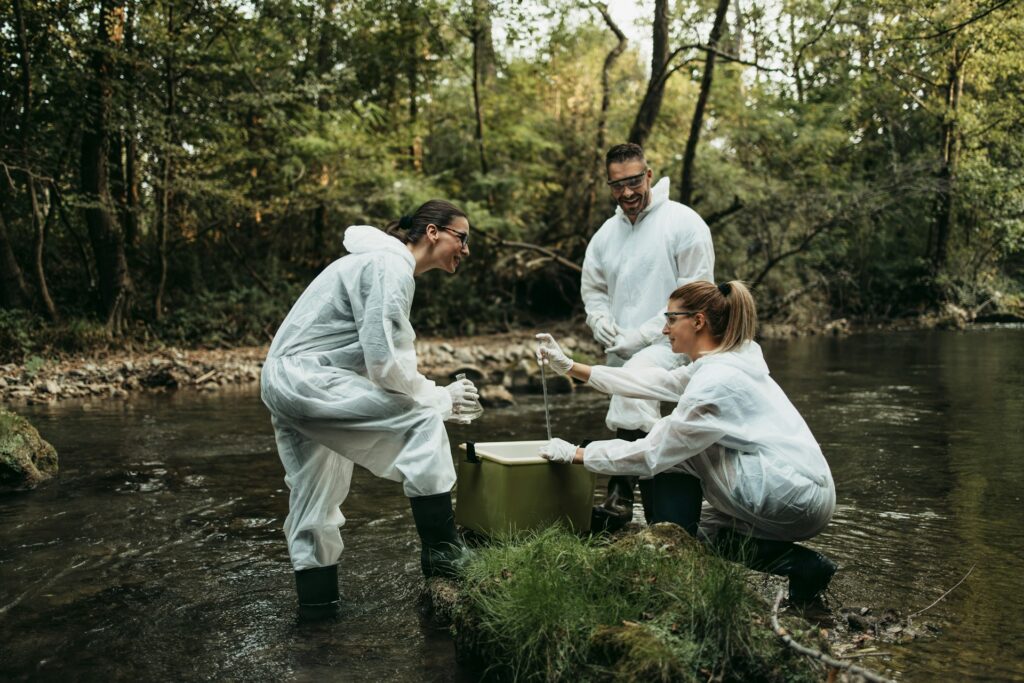
From the wings of birds to the structure of spider webs, the natural world offers a wealth of lessons that scientists are eager to learn from. Often, the solutions to some of our most complex challenges lie not in human-made technology, but in the brilliant mechanisms developed over millions of years in the natural world. Let’s explore 10 fascinating ways that nature continues to inspire scientific innovation.
Biomimicry: Designing with nature’s blueprints
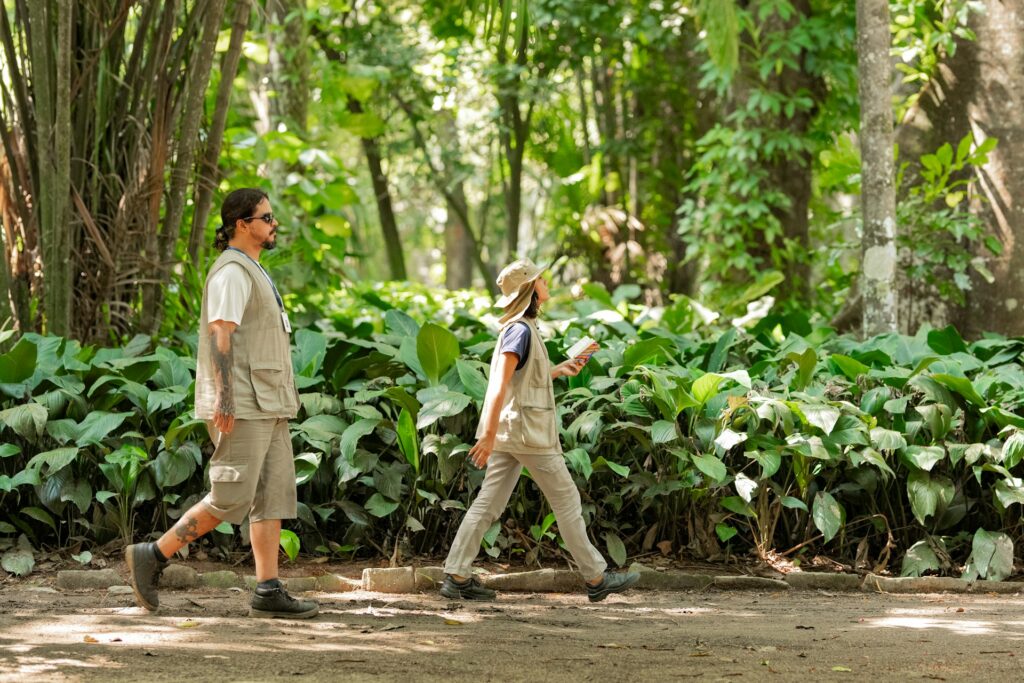
Biomimicry is the practice of drawing inspiration from nature to solve human problems, and it’s one of the most exciting fields in scientific innovation today. By looking at how plants, animals, and ecosystems function, scientists can develop new materials, technologies, and systems that are more sustainable, efficient, and adaptable. One example is the creation of self-healing materials, which mimic the way certain plants and animals repair themselves when damaged. Scientists have even developed materials inspired by the way the lotus leaf repels water, leading to advancements in water-resistant fabrics and surfaces.
Energy efficiency inspired by photosynthesis
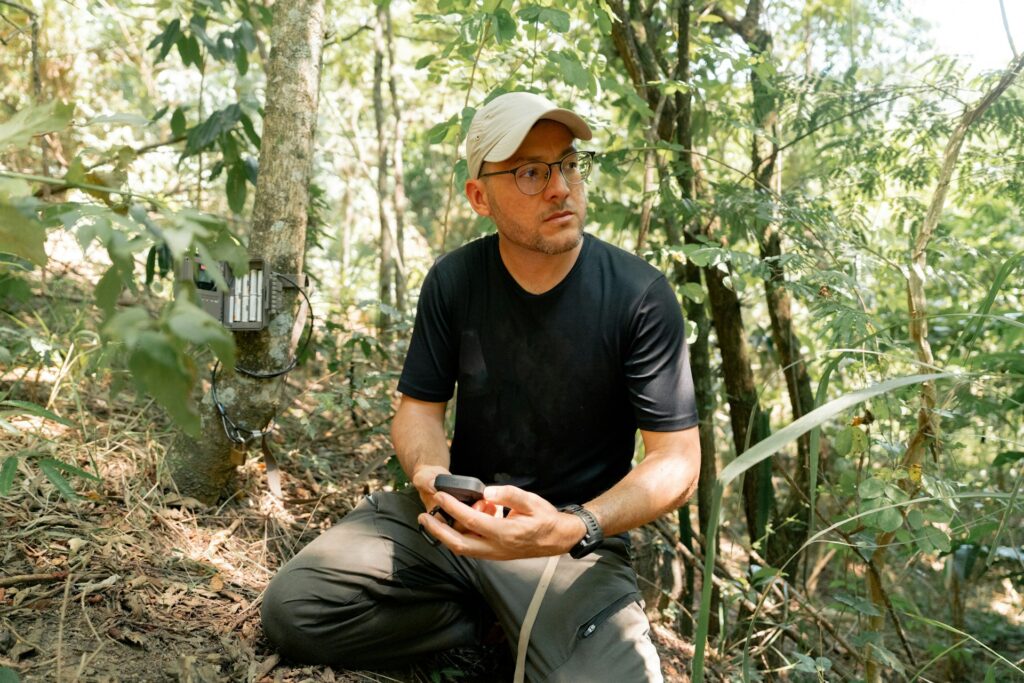
The process of photosynthesis, which allows plants to convert sunlight into energy, has long been a subject of fascination for researchers. In recent years, scientists have been working on developing artificial photosynthesis technologies that could mimic this natural process to generate clean energy. Researchers are exploring ways to create solar cells that are more efficient at converting sunlight into usable energy, drawing from the energy conversion processes found in plants, algae, and bacteria. If successful, artificial photosynthesis could offer a new, sustainable way to produce energy without relying on fossil fuels.
Shark skin and disease-resistant surfaces
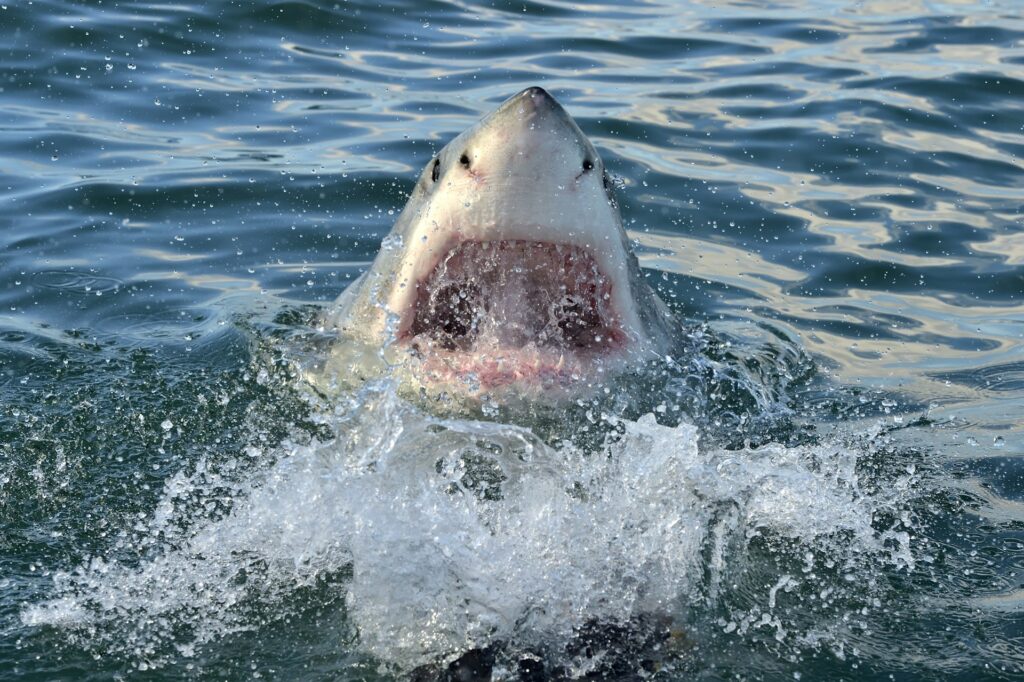
Sharks have evolved a unique surface structure on their skin that helps them move efficiently through water and resist bacteria. The microscopic pattern of tiny, tooth-like scales (called denticles) on their skin reduces drag and prevents the growth of harmful microorganisms. This natural feature has inspired the design of antimicrobial surfaces, including in medical devices, hospital surfaces, and water systems. Researchers have created materials that replicate the structure of shark skin to prevent bacteria from attaching to surfaces, which could lead to significant reductions in healthcare-associated infections.
Spider silk and strong, lightweight materials

Spider silk is one of the strongest natural fibres in existence, with impressive tensile strength that exceeds that of steel, yet it’s incredibly lightweight. Scientists have been working for years to replicate this natural wonder for use in a variety of applications, from medical sutures to bulletproof vests. Advances in biotechnology have allowed researchers to genetically engineer bacteria and yeast to produce spider silk proteins, which can then be spun into synthetic fibres. These materials are being explored for use in everything from medical implants to aerospace engineering, where strength and lightness are essential.
Termite mounds and energy-efficient buildings

Termites might seem like nothing more than pests, but their mounds are a marvel of natural engineering. These intricate structures maintain a stable internal temperature despite external fluctuations, thanks to a sophisticated system of ventilation and air circulation. Architects and engineers have taken inspiration from termite mounds to design more energy-efficient buildings. By mimicking the natural airflow and temperature regulation strategies of termite mounds, scientists have developed passive cooling techniques that reduce the need for air conditioning, leading to buildings that use less energy and are more sustainable.
Velcro and the burr seed
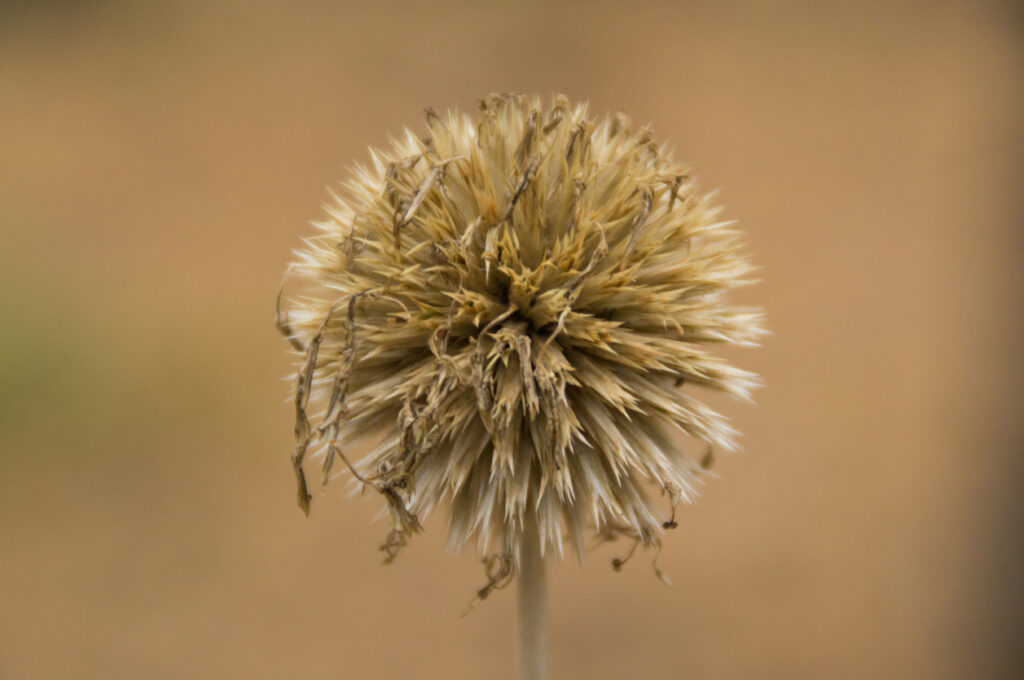
One of the most well-known examples of biomimicry is Velcro, the hook-and-loop fastening system that we use today. The invention was inspired by the way burr seeds attach themselves to animal fur. Swiss engineer George de Mestral, after a walk in the woods, noticed how burrs stuck to his clothes and dog’s fur, prompting him to develop the now-famous fastening system. Velcro has since revolutionised industries ranging from fashion to space travel, thanks to the simple, yet ingenious design found in nature.
Gecko feet and adhesive technologies
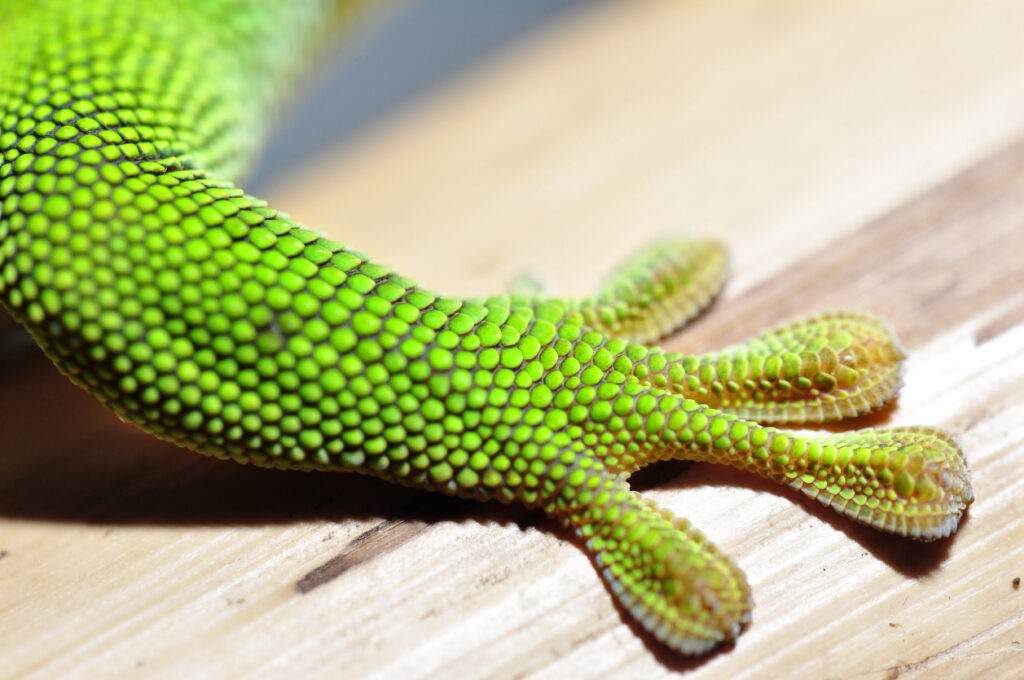
Geckos can climb smooth vertical surfaces thanks to the unique structure of their feet. Their toes are covered with microscopic hairs that increase surface contact and allow them to adhere to surfaces without the need for sticky substances. Inspired by this natural ability, researchers have developed gecko-inspired adhesive materials that work without glue or tape. These adhesives are already being used in a variety of applications, including in medical devices, robotics, and even in the development of climbing robots that can scale walls and ceilings.
Bees and the optimisation of network systems
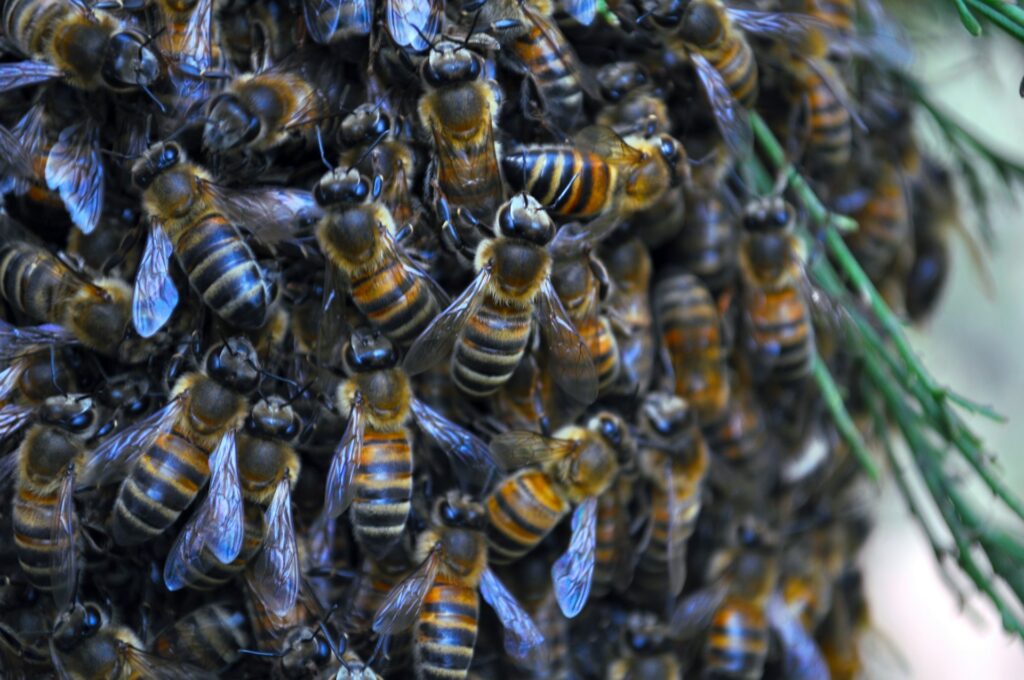
Bees have an incredible ability to optimise their foraging routes to gather nectar from flowers in the most efficient way possible. This efficiency is partly due to the “travelling salesman problem,” which involves finding the shortest possible route that visits a set of locations. Researchers have applied the principles behind bees’ foraging strategies to optimise complex network systems, such as logistics, traffic flow, and even computer networks. By studying how bees prioritise efficiency and minimise energy expenditure, scientists have developed algorithms that optimise everything from delivery routes to computer data processing.
Cuttlefish and advanced camouflage technology
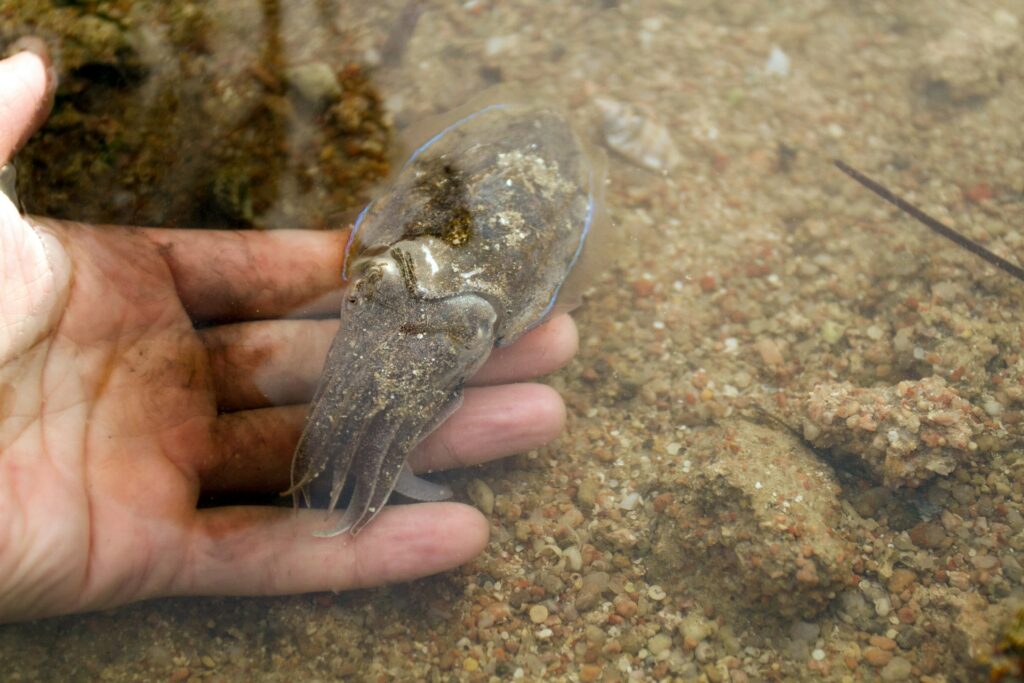
Cuttlefish are masters of disguise, capable of changing their skin colour and texture in an instant to blend into their surroundings. This remarkable ability has inspired the development of advanced camouflage technologies. Scientists have created materials that mimic the cuttlefish’s ability to change colour using flexible, colour-changing surfaces. These innovations could have applications in military camouflage, fashion, and even in designing adaptive clothing that changes colour based on temperature or light conditions.
Ant colonies and artificial intelligence
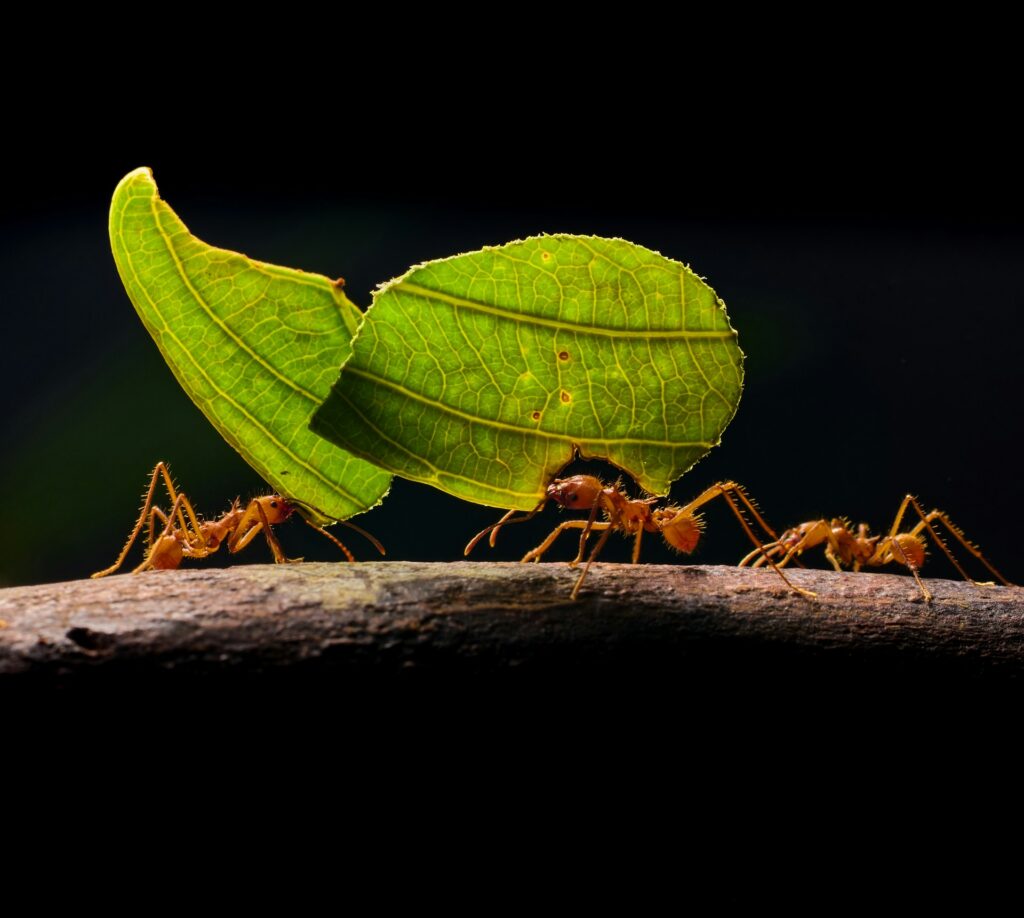
Ants are another example of creatures whose behaviour has inspired innovation in the field of AI. Ants are able to work together to solve complex problems without any central control, using simple rules to guide their individual actions. This form of collective intelligence has inspired the development of AI algorithms that mimic ant colony behaviour to solve optimisation problems, like finding the most efficient routes in logistics or network systems. The idea of swarm intelligence, which is based on the collective behaviour of simple agents, is already being used to improve the efficiency of everything from traffic management to machine learning.